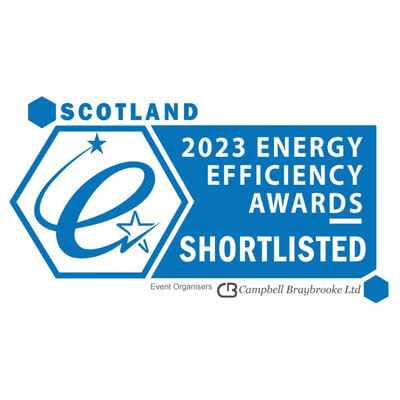How are Solar Panels made?
It’s a valid question. How are solar panels made and what are they made from?
After all, if you are considering having Solar panels installed on your business or home property roof, it only makes sense to know a little bit more about what you are putting up there.
A Solar PV module is made up of the following:
- Solar Cells
- Glass
- EVA
- Back sheet
- Frame
It may look like a simple block but a solar panel is made from a lot of chemical components that are crucial to the effective conversion of solar light from the sun into usable electrical energy.
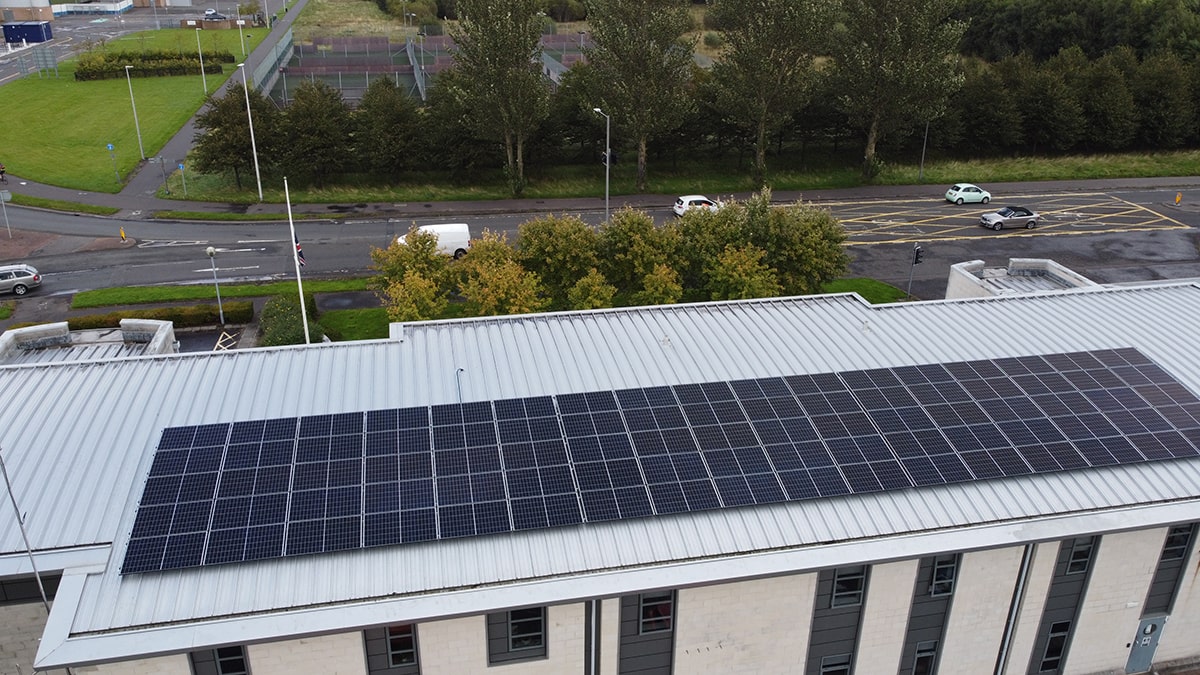
In the UK, almost all Solar Panels use Solar Photovoltaic (PV) panels so when we talk about Solar PV, that is what PV means. It uses a crystalline silicon wafer as the main component. And it is this semi conductor that creates the electricity upon interaction with sunlight.
It works because when the sun hits the solar photovoltaic panel, the crystalline silicon electrons become loose in what is called the photovoltaic effect.
There are three main types of solar panel available on the market.
Monocrystalline which is a silicon panel made from a single crystal. This is the most efficient (to date) material of solar panel but is also the most expensive.
Polycrystalline which is a silicon panel made from multiple silicon crystals that are bonded together. While they are not as efficient as monocrystalline panels, they are a lot cheaper to produce.
Thin-film solar panels which are made from amorphous silicon. While this is the least efficient of the three, it is the most flexible which of course has its advantages with architectural building design and other complex shapes where solar panels need to be mounted.
Silicone is the ideal material
Across the periodic table of elements, silicone possesses the most benefits over other options as a semi-conductor for solar panel electricity generation.
It is abundantly available, cost effective and is easy to form in order to generate the photovoltaic effect mentioned earlier. It also quite importantly has a long lifespan.
So how are solar panels made?
The manufacturing process for solar panels is actually very streamlined. It begins with the process of melting the silcone down and creating the Monocrystalline, Polycrystalline or Thin-film material. This creates large sheets of material which are then laser cut into the right sizes before being given a protective glass cover. The solar cells are then connected together in the right size/shape and configuration before being soldered to the metal conductive frame of the panel. This means that all the electricity generated by individual cells is passes to a single location before being sent to power the building with electricity or back into the national power grid.
The solar module can then be connected to the outer polymer frame which holds the panel and the electrical components.
This is then the final product that can be fitted to homes and businesses across the UK.
Find out more
If you would like to find out more about Solar PV and the benefits of having solar panels fitted to your home or business, please contact us today. We offer everything from energy monitoring to the installation and maintenance of renewable technologies to make your building as efficient as it can be. Based in Glasgow and providing energy solutions nationwide, we have designed and installed energy systems for multiple business sectors who are looking to explore the benefits of solar and battery storage solutions as a way of reducing their carbon footprint and reducing their energy costs.



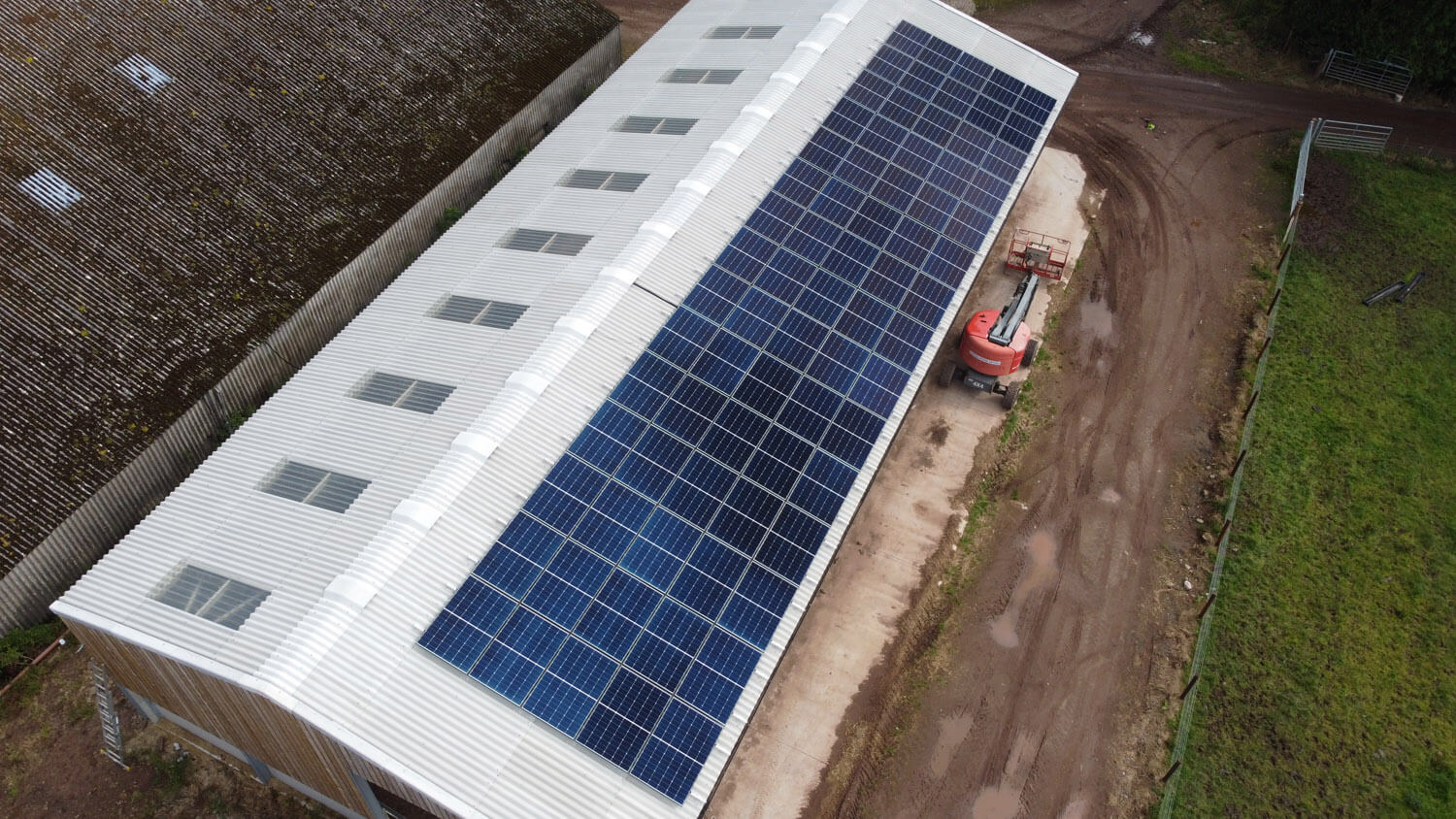
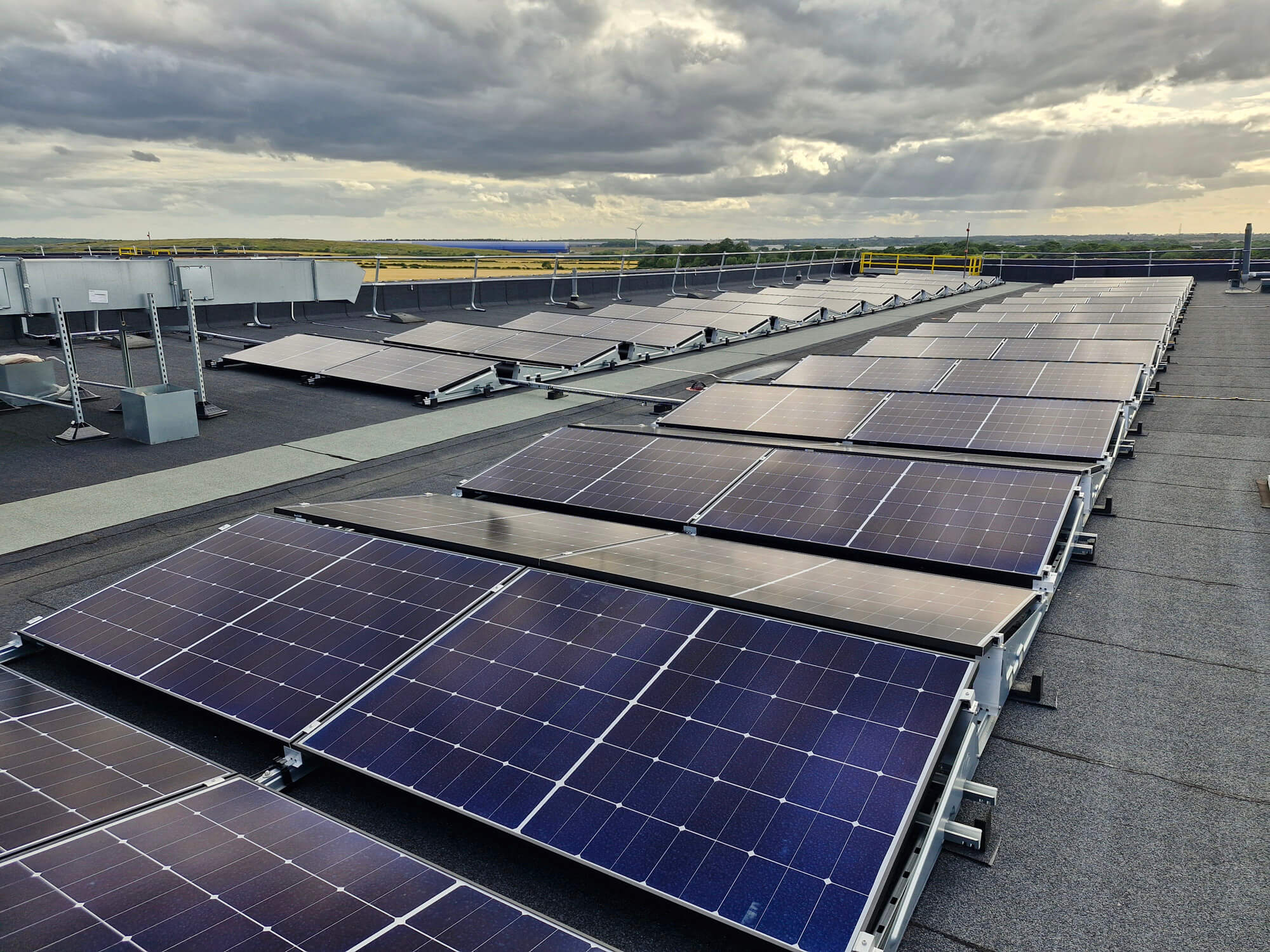
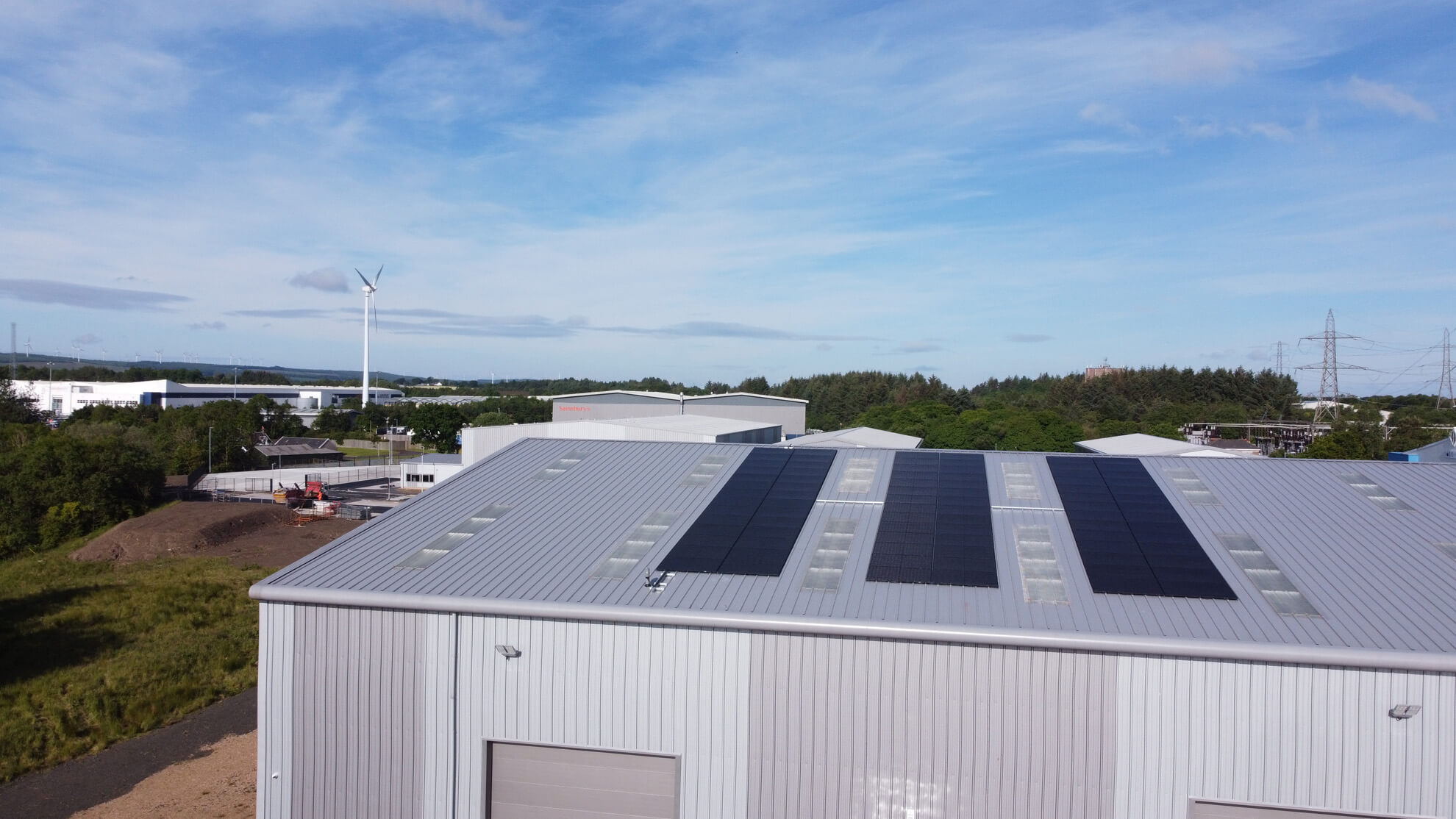
 Renewable Energy Specialists
Renewable Energy Specialists







